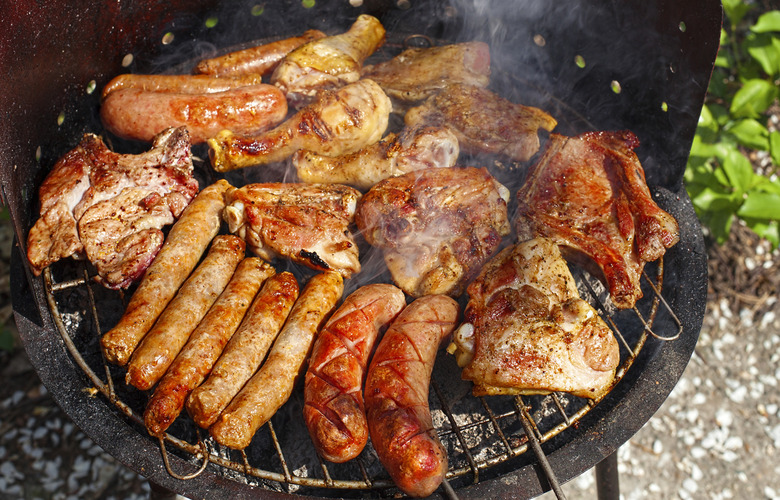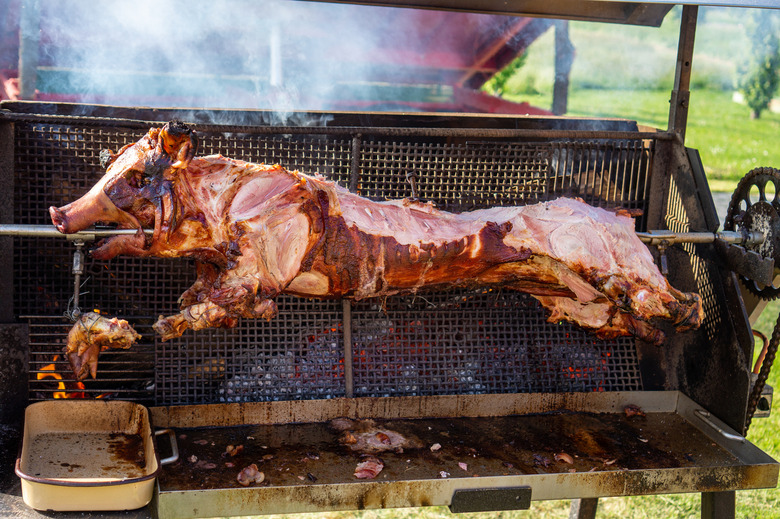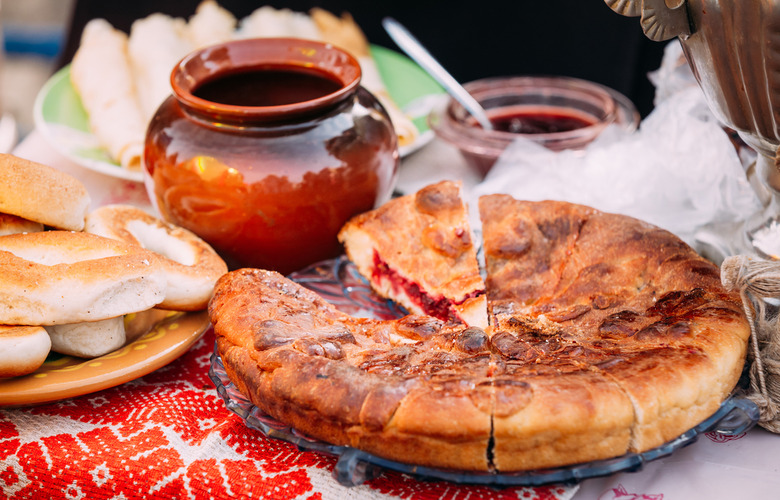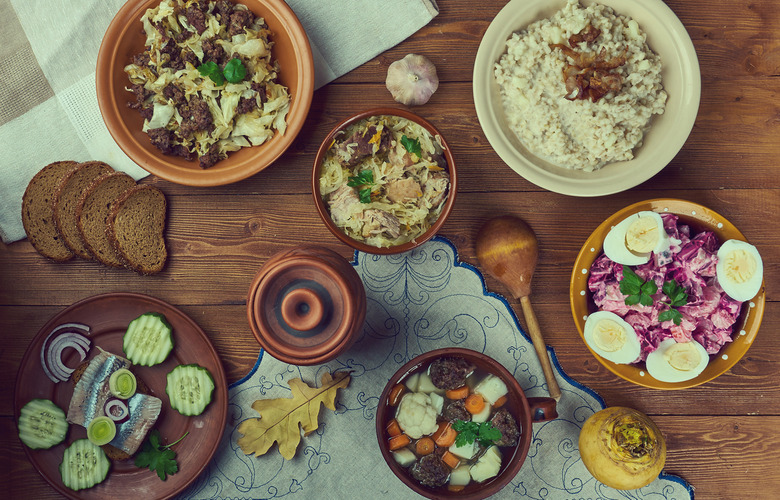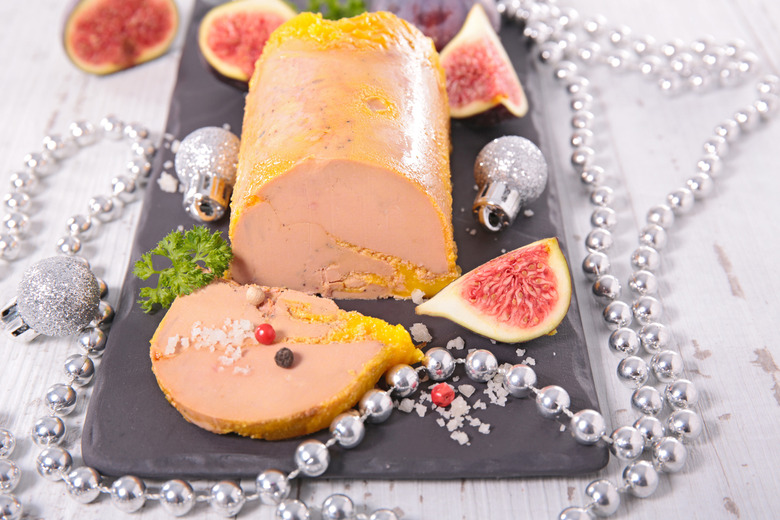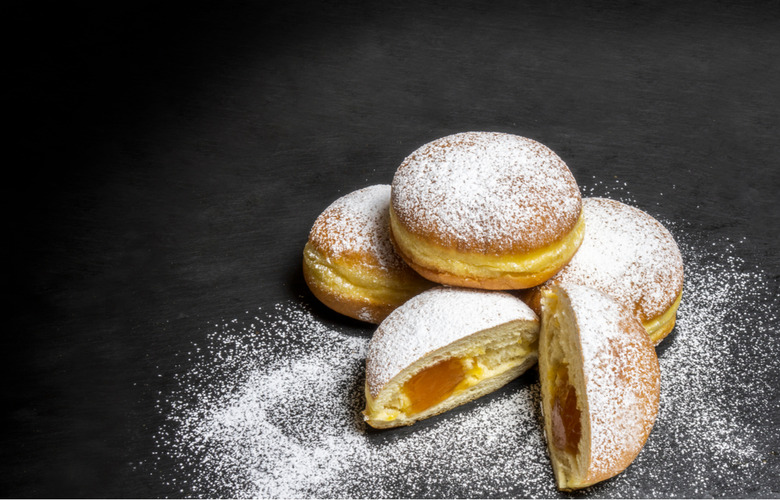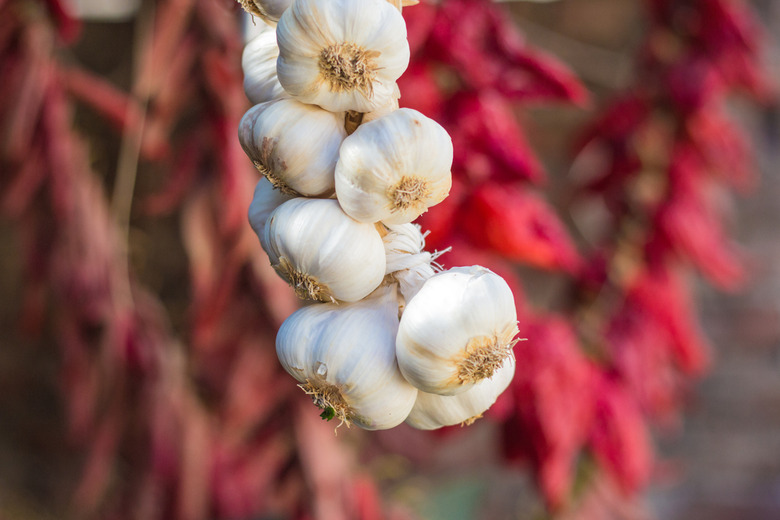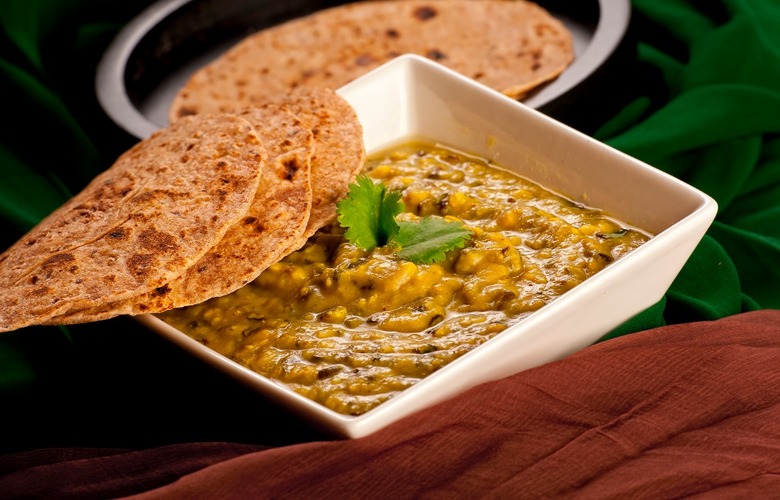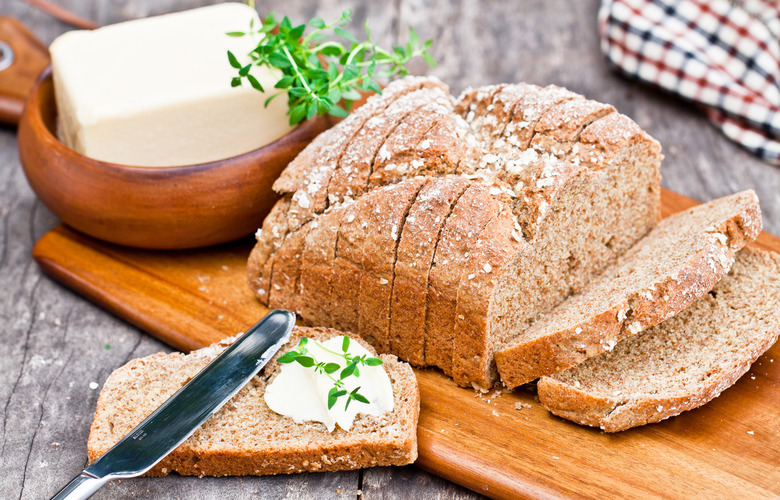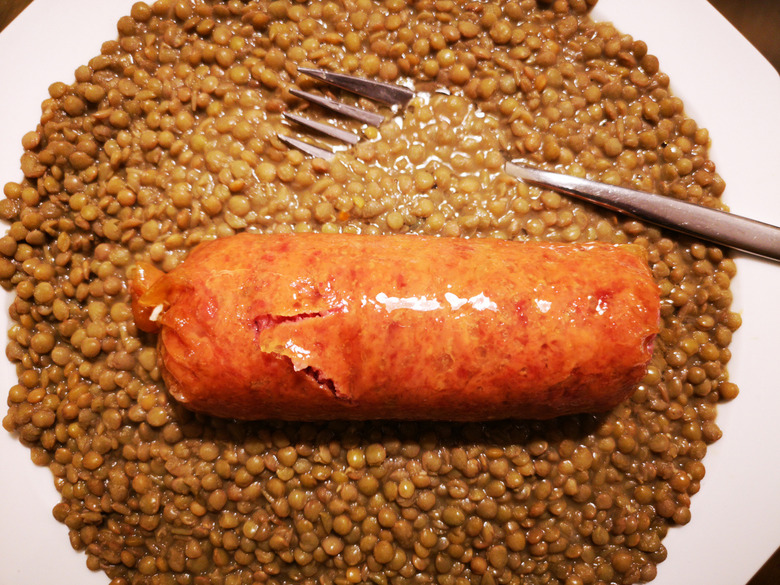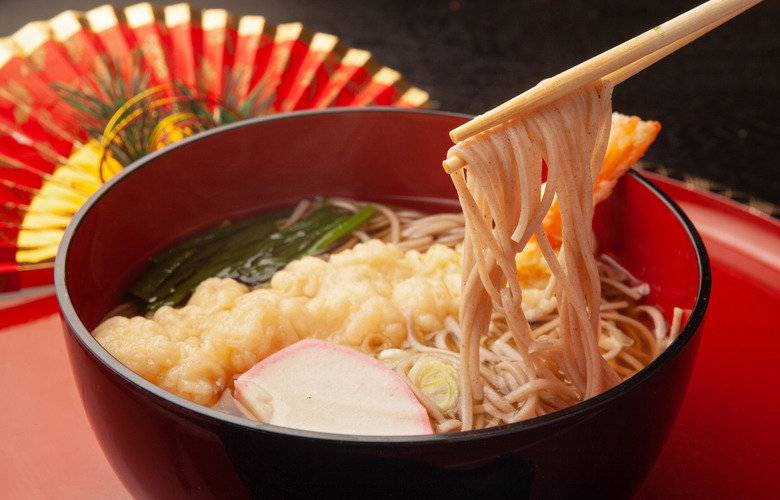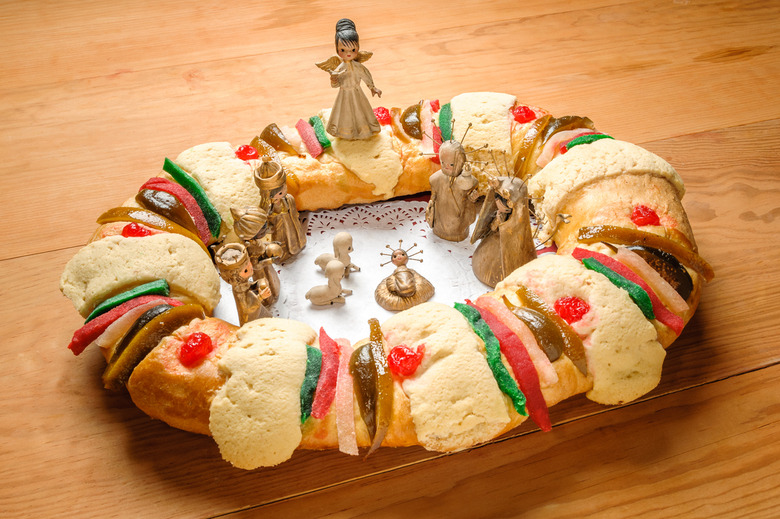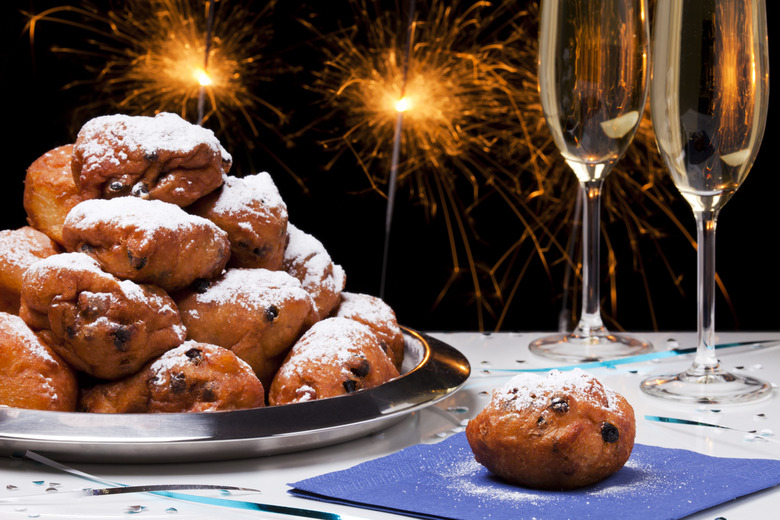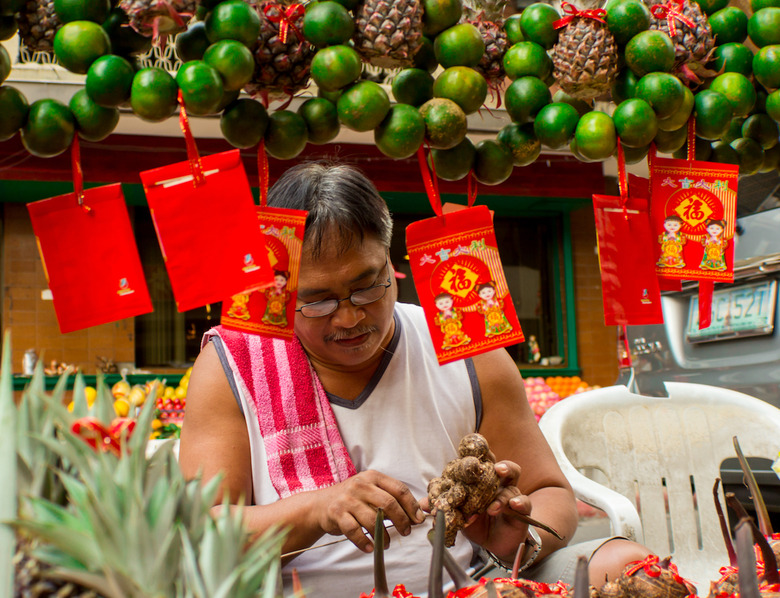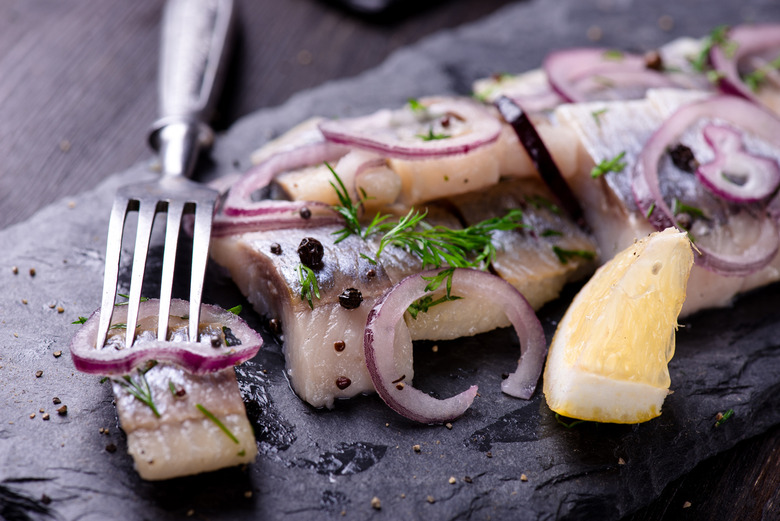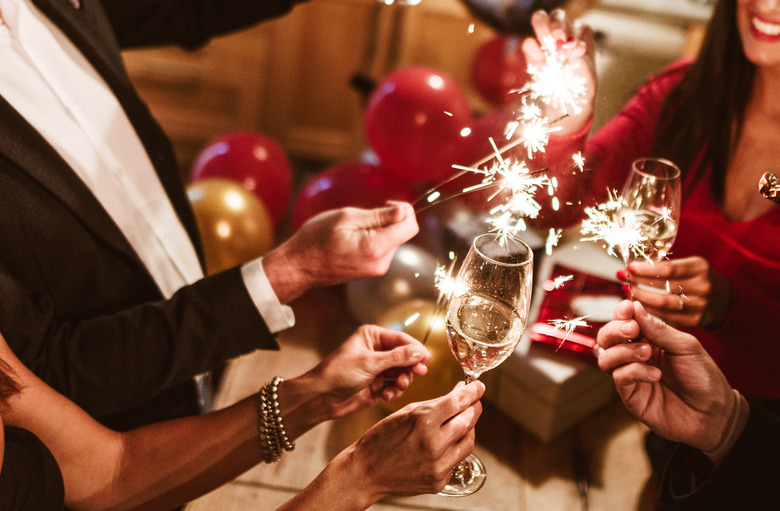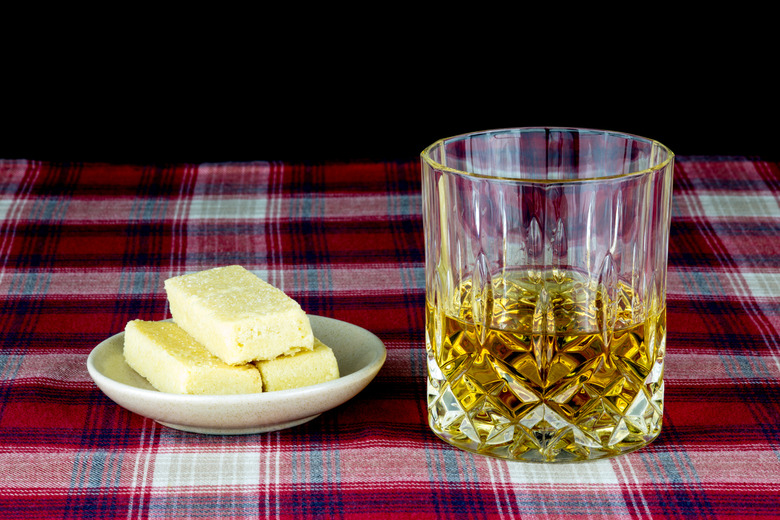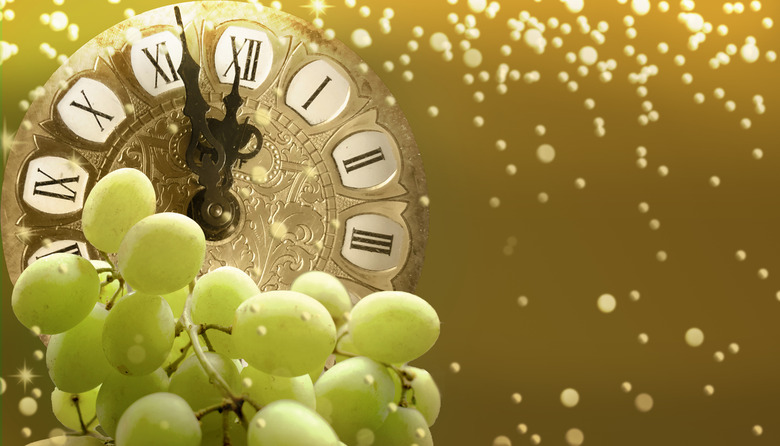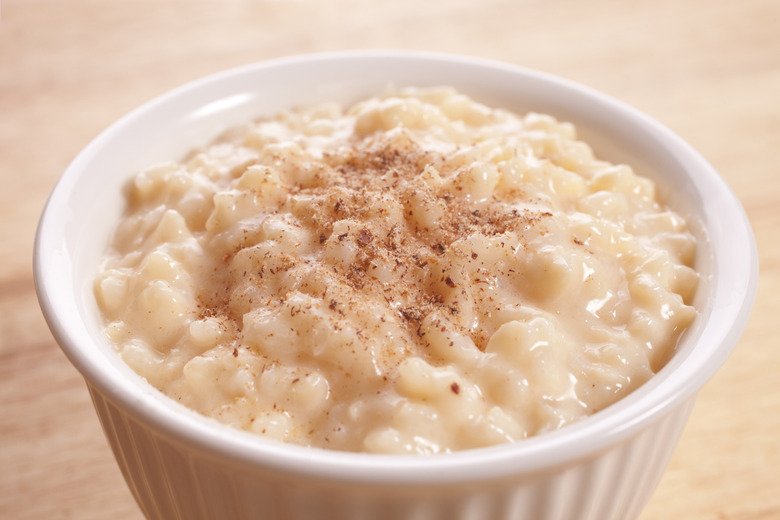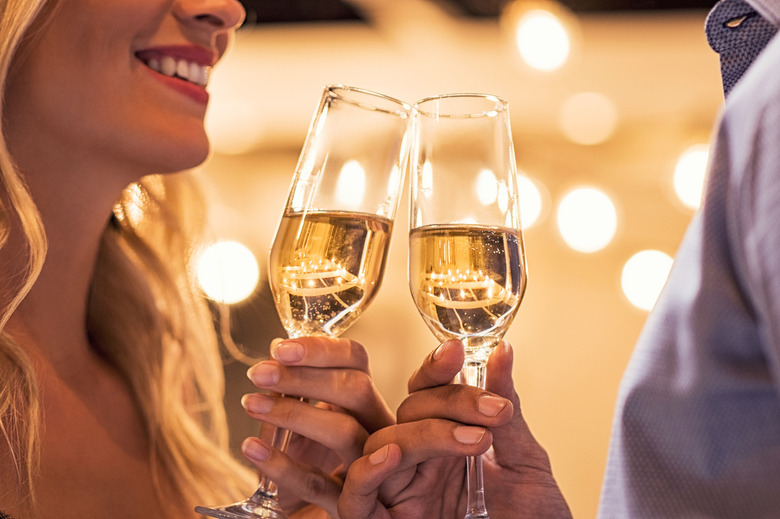25 New Year's Good Luck Traditions Around The World Slideshow
25 New Year's Good Luck Traditions Around the World
The new year is a time for new beginnings, and by the time December 31 rolls around, many people welcome the chance to start fresh and leave the past in the past. Why else would over one million people watch the famous ball drop in New York City's Times Square every year, while almost one billion people watch the televised spectacle? Australia's Sydney Harbour welcomes over one million people every year to watch fireworks over the water, and fireworks over the Thames are a custom in London. How we celebrate depends on where in the world we are on the last day of the year because New Year's traditions differ from country to country. But no matter where it's celebrated, New Year's is always welcomed with traditional food and drink that people hope will bring them luck and prosperity.
Here in the United States, the beginning of a new year is celebrated with Champagne toasts at midnight, and in the South, eating black beans is considered lucky. In Estonia, it's traditional to eat seven, nine, or 12 meals on New Year's Eve, with part of each meal left unfinished for the spirits of ancestors who visit the house that day. And people in Scotland participate in the tradition of "first footing" on New Year's Day, bringing gifts of shortbread, a black bun, and whisky to a neighbor's house.
However you celebrate, there are plenty of ways to say "Happy New Year!" from Australia to Wales, and many of them involve traditions that promise luck and prosperity.
Additional reporting by Haley Willard.
Argentina
On New Year's Day, Argentineans eat beans, believing it will help them keep their current job or find a better one in the new year.
Australia
Australians celebrate the New Year with a barbecue, grilling sausage, steak, and lamb. But younger crowds might spend the day at the beach or at a music festival like Space Ibiza in Sydney. During the first few days of the new year, some attend to church and pray for blessings for the year.
Austria
For good luck, Austrians serve roasted suckling pig on New Year's Eve (which they call Sylvesterabend) and decorate their dinner tables with little marzipan pigs. Pigs represent progress and prosperity in Austria as well as in other cultures, including Cuba, Hungary, and Portugal, where pork is also served on New Year's Eve. To drink, Austrians sip on a red wine punch, mixed with cinnamon, sugar, and other spices, and give a toast to Saint Sylvester, the fourth-century pope whose feast day is December 31.
Belarus
Brazil
To keep away negative spirits, many people wear white on New Year's Eve in Brazil. The traditions don't end there, though — jumping over seven waves while making seven wishes for the new year is custom, and for people who don't live near the beach, jumping three times on the right foot is an acceptable replacement.
Denmark
Denmark celebrates the new year with a tradition of throwing dishes on friends' doorsteps on New Year's Day, which shows how much you value them as friends. It's a measure of popularity to find lots of broken pieces, and it's believed to guarantee many friends in the new year. People also stand on chairs and jump off at midnight on New Year's Eve because jumping into January is believed to keep away bad spirits and ensure good luck.
Estonia
Some Estonians eat seven, nine, or 12 meals on New Year's Eve, believing that with each meal eaten, they will gain the strength of that number of men in the new year. Part of each meal, however, is left unfinished for the spirits of ancestors who visit the house on New Year's Eve as a sign of respect.
France
Germany
Once the clock strikes midnight and fireworks have been set off on New Year's, Germans enjoy a traditional treat of jam-filled, and sometimes liquor-filled, doughnuts called "pfannkuchens" in Berlin and "Berliners" everywhere else in Germany. Sometimes, a doughnut may contain a practical joke, like mustard instead of jam, which is considered by some to be bad luck. Like Austrians, Germans dine on marzipan pigs for good luck on New Year's Eve, which they also call sylvesterabend.
Greece
India
Hindus celebrate the new year in the spring months, but the food served depends on the region. Rice and lentils (believed to bring good luck) are common dishes at New Year's celebrations.
Ireland
In Ireland, New Year's Eve is called Eve Oiche na Coda Moire, or the Night of the Big Portion, because there's plenty to eat. An old Irish tradition was to bake huge cakes, smash them, and eat the crumbs, in hopes of a plentiful new year. Then, on January 1, buttered bread was left outside the front door or often given as a gift to neighbors, and the day became known as the "Day of Buttered Bread." Today, eating a big feast on New Year's is believed to prevent starvation in the year to come.
Italy
On New Year's Day, Italians feast on the traditional dish of cotechino e lenticchie, which is savory pork sausage containing "lo zampone," or the hoof of the pig, and paired with lentils. The hoof is a symbol of abundance, and lentils are believed to bring good luck and prosperity in the new year.
Japan
Just before the clock strikes midnight, people in Japan begin the new year with a bowl of buckwheat noodles called toshikoshi soba, which are known as "year-crossing noodles." Straw ropes are hung on the entrances to homes before the new year to keep away evil spirits, and for the same purpose, some go to the temples and ring the bell 108 times. People who believe in the Shinto religion arrange green plants, which symbolize new life, and bamboo, which signifies honesty, around their homes.
Korea
Celebrating the new year in Korea incorporates a tradition called the Sebae, or a very stylized and specific way of bowing to the elders of the family, who then offer a gift to the younger members of the family — usually cash in an envelope. Afterwards, a rice cake dish called tteokguk, which signifies prosperity and purity, is offered to elders and ancestors to bring good luck and prosperity. Another tradition is to hang a bokjori, or a strainer used to filter rice before washing, near doors in order to filter out the bad luck.
Mexico
With each chime at midnight, Mexicans eat a grape, representing a wish. A Mexican sweet bread called rosca de reyes, which is baked with a coin or charm in it for good luck, is also eaten. Whoever gets the slice with the coin or charm is believed to have good luck for the year. Salted codfish, warm tequila punch known as ponche, and fritters are a few other traditional New Year's foods.
Netherlands
People in the Netherlands ring in the new year — what they call Oud en Nieuw, meaning "Old and New" — with sweets. Ring-shaped foods are thought to bring prosperity and luck in the new year in many countries around the world, and the Netherlands is no exception to this rule. Eating oliebollen, or fried doughnut-like pastries that are filled with apples, currants, and raisins and sprinkled with powdered sugar, is said to be lucky on this day. They are served along with apple beignets, apple turnovers, and Champagne.
Philippines
In the Philippines, round foods, representing coins, are believed to symbolize prosperity in the new year. Therefore, Filipinos decorate their dining tables with all kinds of round fruit on New Year's Eve.
Poland
At the stroke of midnight, Poles dine on pickled herring — a plentiful food in Scandinavia — believing it will bring a year of prosperity and bounty. Herring is often eaten with a midnight smorgasbord of smoked and pickled fish, pâté, and meatballs.
Russia
One Russian New Year's Eve tradition is to write a wish for the coming year on paper, burn it, add the ashes to a glass of Champagne, and drink them immediately before midnight and the start to the new year.
Scotland
At midnight, Scots celebrate New Year's, which they call Hogmanay, with the tradition of the First Footing, in which a dark-haired male aims to be the "first foot" to enter a neighbor's house, bringing gifts of shortbread, a black bun, and whisky to toast the new year. The "first footer" is believed to have good luck in the coming year.
Spain
Sweden
On New Year's Eve, Swedes serve rice pudding with an almond hidden inside. It's believed that whoever finds the almond will receive good fortune throughout the new year.
United States
Americans celebrate New Year's with a Champagne toast at the stroke of midnight. In the South, it's customary to eat black-eyed peas to ensure luck and prosperity in the new year, dating back to the Civil War.
Wales
Just as in Scotland, "first footing" is a historical tradition in Wales. It's considered very unlucky for the household if the first person to cross the threshold on New Year's Day is a woman or a red-haired man. It's also considered prudent not to lend anything on the first day of the new year and generally accepted that the way one acts on New Year's Day will be a precursor for the rest of the year.



